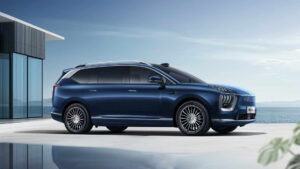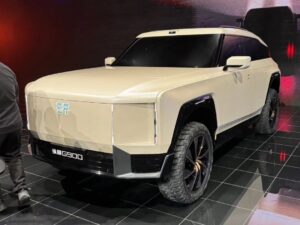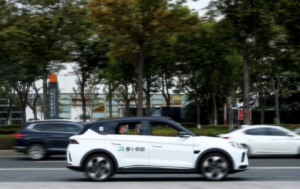Chery set to reveal two Nio battery-swap compatible models in Q3 while SAIC inks agreement with CATL.
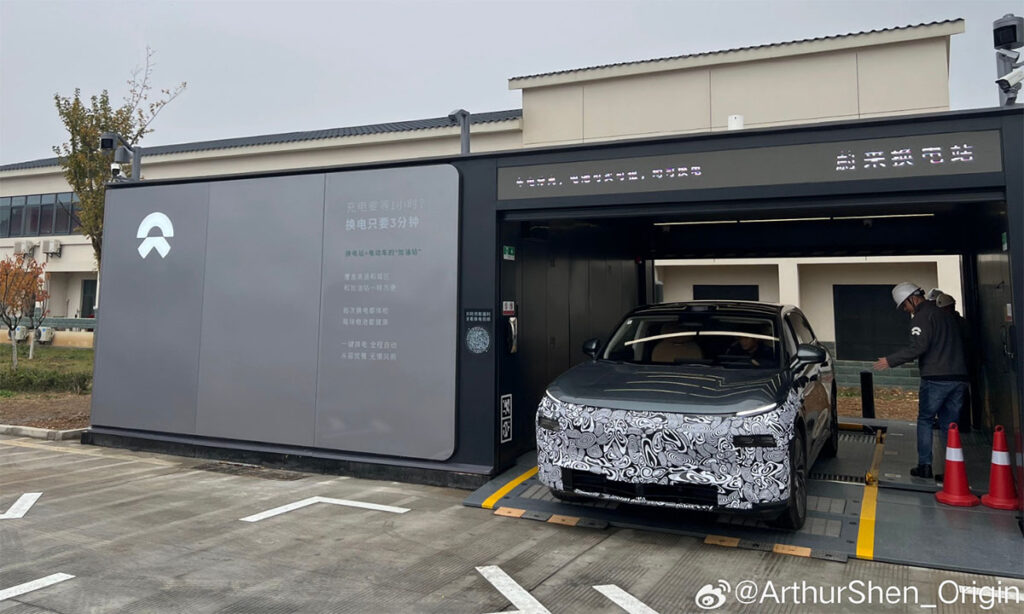
Developments in battery swapping look set to steal the headlines in 2025 with two major developments emerging over the last 24 hours involving battery swapping providers Nio and CATL, and auto makers Chery and SAIC.
The first story to surface involved slides at Chery’s annual media conference which appeared to show Exeed Sterra ES and ET models in front of a Nio battery swap station, posted by automotive blogger @安亭大帆.
This image, posted on Weibo and reshared by Nio vice president, Shen Fei, was swiftly followed by real-life images and videos from Weibo user @ArthurShen_Origin of camouflaged ES and ET models in front, and sat inside, a Nio battery swap station at an undisclosed location.
The initial post makes the claim that the first swappable models would be revealed in Q3 2025, while Shen Fei’s reshare included text suggesting the announcement had come out sooner than planned but wasn’t inaccurate.
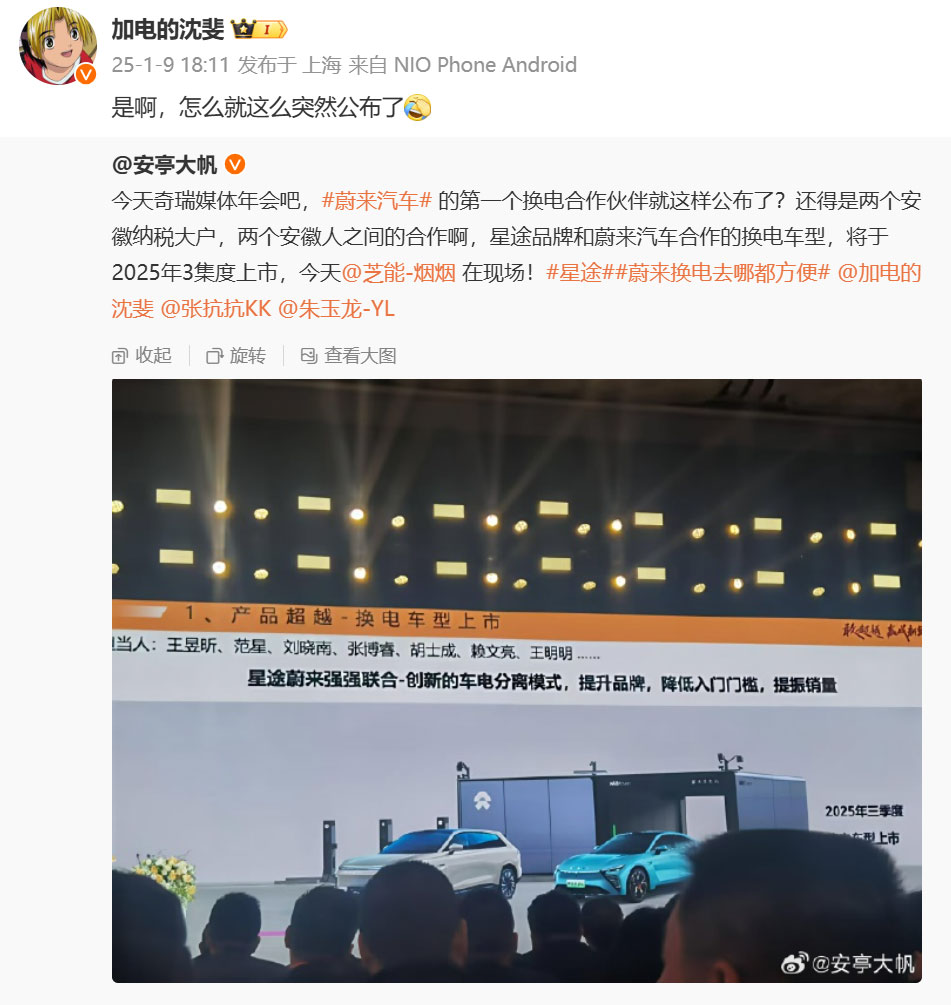
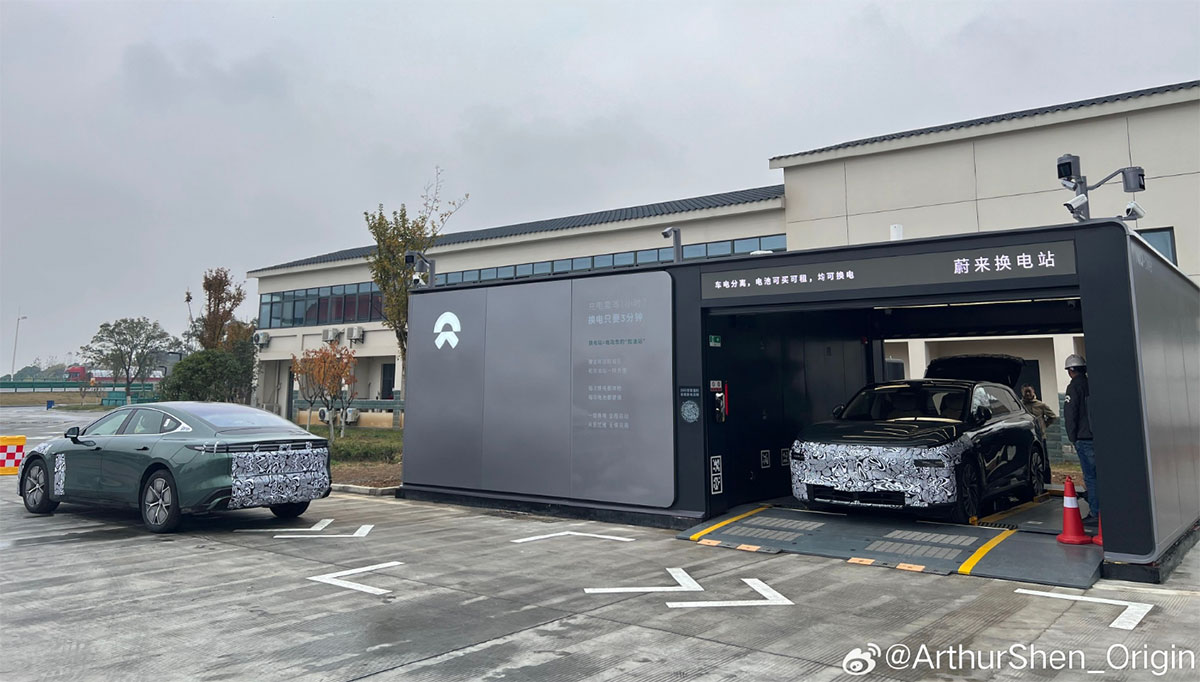
Nio and Chery announced this time last year that they had entered into a strategic cooperation to develop battery standards and swap technology, as well as construct and operate battery swap networks, and so these posts look to be the first visual confirmation of Chery’s adoption of the technology.
It apparently takes around 18 months to develop a battery-swap-enabled car and so the timeline of a Q3 launch for Exeed’s battery-swappable models seems inline with expectations.
Other brands to join Nio’s Battery Swap Alliance last year include Changan, JAC, Geely, Lotus, FAW, and GAC, as well as the Jiyue brand that’s currently on life support.
Parallel to the Nio-Chery tie-up, CATL announced that they had signed an agreement with car-making giant SAIC whereby CATL would become the preferred battery swap partner of SAIC, themselves a bit-part player in the battery swapping market.
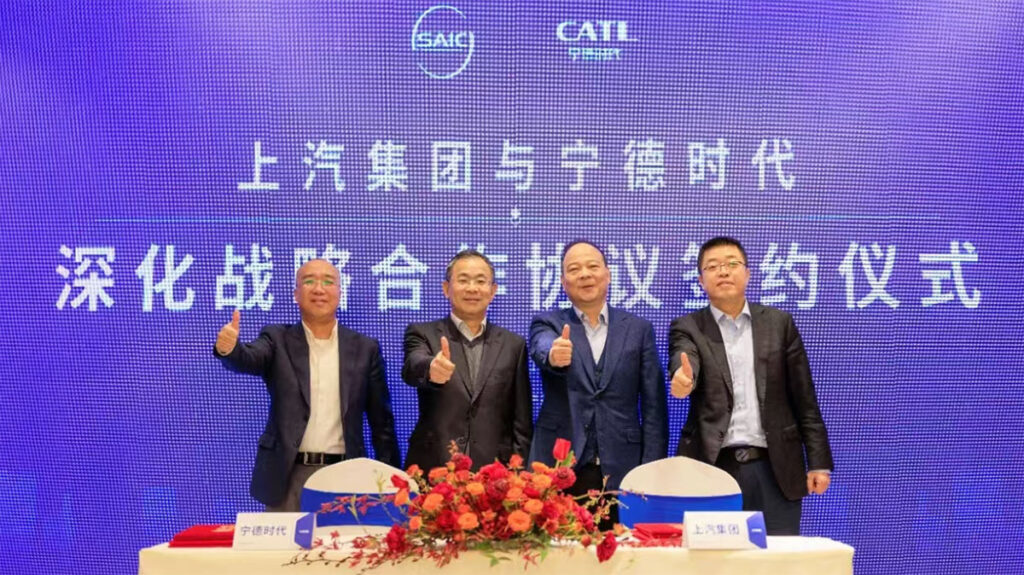
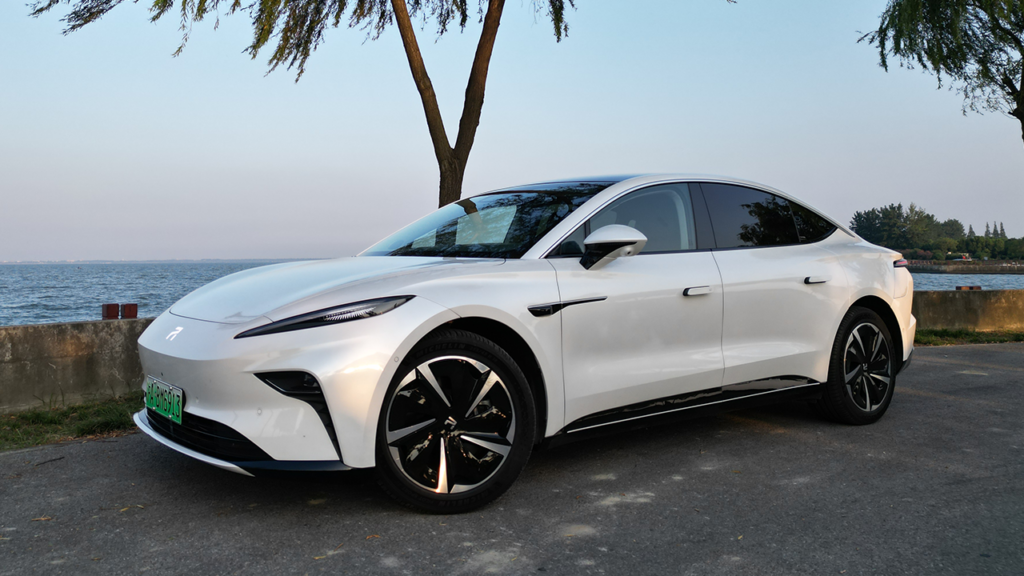
As per the agreement, SAIC will build battery swap-enabled models that are compatible with CATL’s battery swap technology, while CATL will focus on developing the technology and batteries themselves.
Back in December, CATL announced their Choco-SEB swappable batteries for small and large cars, and with ten models planned for release over the next ten quarters, it looks likely that SAIC’s upcoming models will be among that number.
SAIC already offers battery swap-enabled models of their own, with the Rising F7 and R7 models capable of battery swapping and the MG i5 estate also compatible with Aulton’s battery swap stations, but with poor sales of the Rising models, SAIC hasn’t made concerted efforts to build out their own network in the same way as Nio.
With some SAIC models touted for overseas sales badged as MGs, the collaboration offers scope for CATL to expand its battery-swapping network into international markets with a commercial partner, something also laid out in the agreement.
Editor’s Note
Many observers of the electric vehicle space, the author included, have debated whether Nio’s battery swap technology would catch on or be an expensive white elephant, but the developments of the last few weeks seem to give weight to the former, with another giant emerging alongside them.
CATL’s recent commitments to the development of their own battery-swapping network, taken alongside the alliances being forged between the swappers and interested parties, suggest we might be in the early stages of a swapping war fronted by two parties, CATL and Nio Power, the arm of Nio that runs their battery swap network.
The small irony there is that CATL actually provides the batteries for Nio, suggesting CATL are set to win either way, but more importantly, the number of brands represented by the organisations that have signed up to either side suggests battery-swapping is an industry-wide trend that will only gain more steam in the Chinese market and eventually beyond.
Expect to see more releases emerging over the next 12 months as last year’s agreements start to materialise in physical form.

